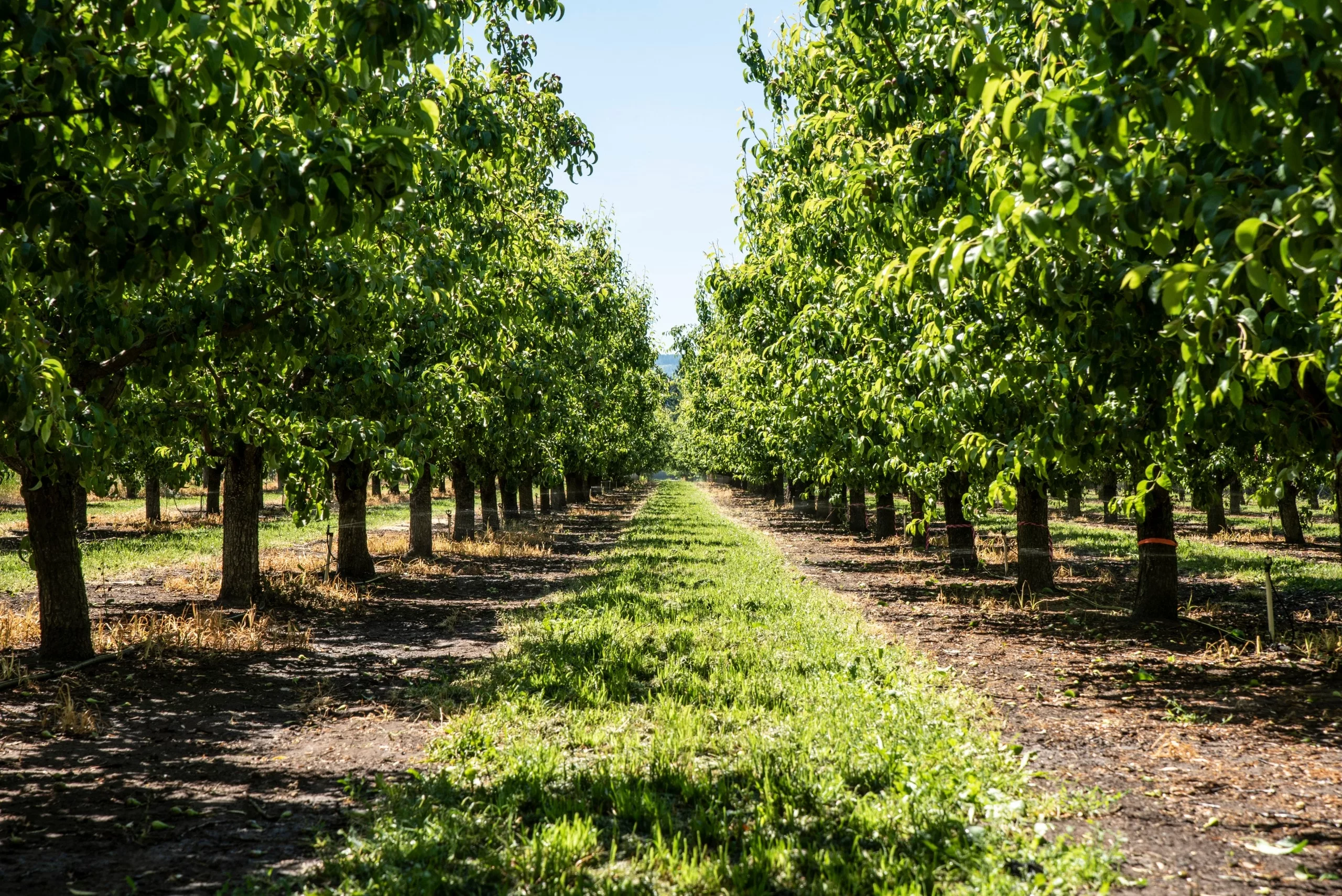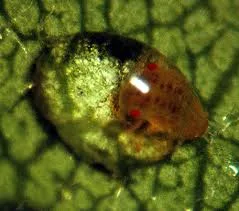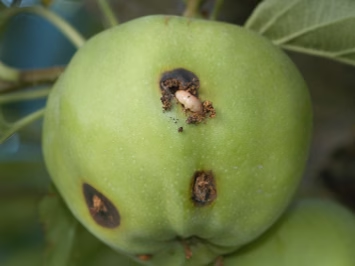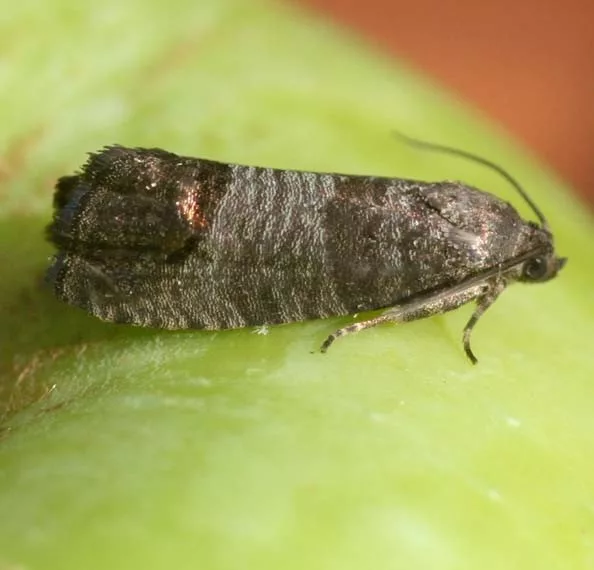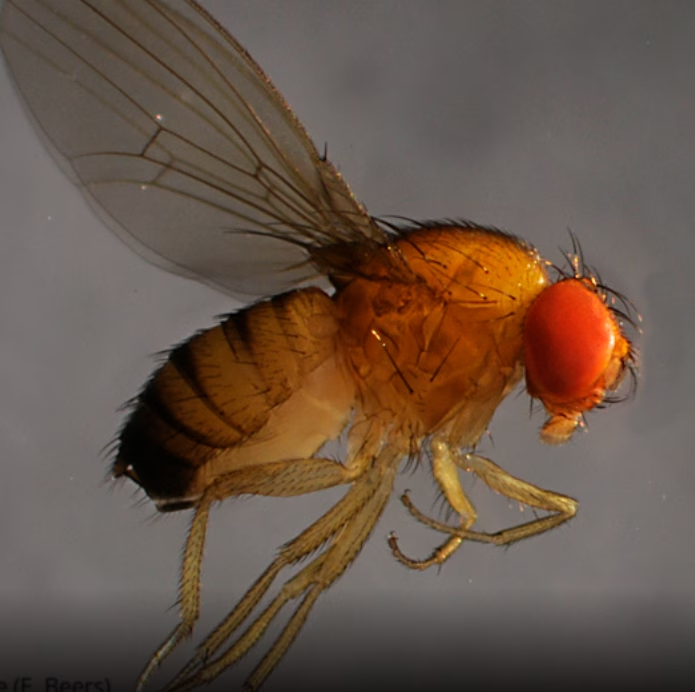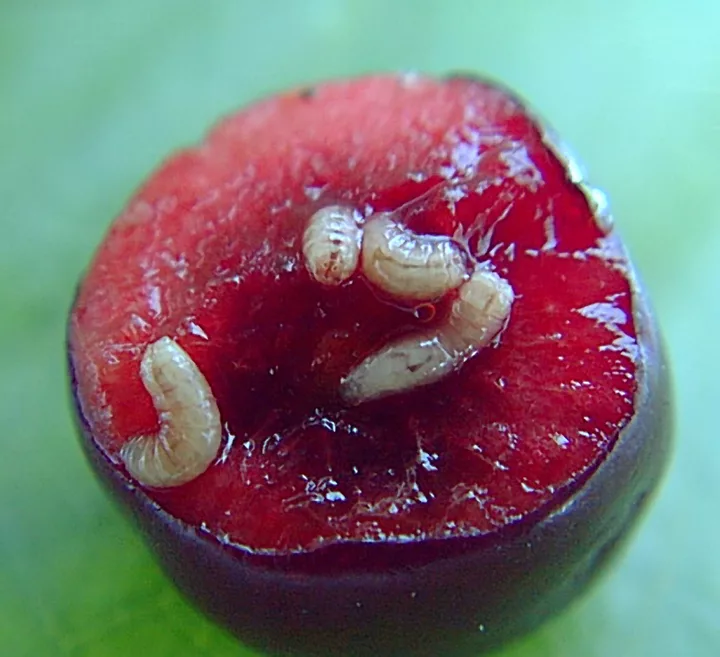When commercial orchards or backyard fruit trees are not consistently treated, pests increase and spread to nearby orchards, causing growers to spray plant protection products exponentially more than they normally would. This creates additional expense for spray products, labor, equipment, and levels of pest damage that can have a large economic impact on crops.
State and county ordinances require that fruit trees on residential and commercial property be managed and treated to prevent the spread of pests and diseases. The intent of the rules is to effectively carry out insect control efforts by enabling area-wide pest management programs of commercial orchards, and to reduce the use of pesticides within the control area to decrease insect resistance.
Columbia Gorge Fruit Growers, OSU Extension, and Hood River Soil & Water Conservation District are collaborating to create a program to address this problem; our goal is to work with property owners, develop a comprehensive understanding of the barriers and limitations that have led to the trees being unmanaged, provide resources for education and outreach opportunities, and maintain regular communication to monitor progress.
Request Assistance
Reporting Orchard Property
If an orchard property is creating pest/disease pressure for neighboring orchard(s), please complete and submit this form to the CGFG office.
Reporting Backyard Trees
If residential backyard trees are creating pest and disease pressure in your orchard, please complete and submit this form to the CGFG office.
State & County Ordinances
The Pacific Northwest’s climate and soils are ideal for growing tree fruit crops. Just as apples, pears, sweet cherries and other stone fruits are grown in Oregon and Washington for commercial markets, they can also be grown in one’s backyard at home. What many homeowners may be unaware of is the fact that they are legally responsible for controlling insect pests and diseases in fruit trees on their property.
Oregon
Control by Spraying
Oregon Administrative Rules: Chapter 603, Division 52, Pest and Disease Control (603-052-0275)
All host plants and host trees including, but not limited to, those in commercial orchards and those on residential, public, and abandoned property within the control area shall be sprayed by the owner or person in possession thereof by using the agricultural chemicals or pesticide formulations, at the rate, at the times, and in the manner recommended by Oregon State University (whether by its own publications, approval of other publications, or otherwise).
Hood River Control Area: Insect Pests and Diseases in Fruit Trees
Oregon Administrative Rules: Chapter 603, Division 52, Pest and Disease Control (603-052-0260)
A control area as authorized by ORS 570.405 to 570.415 is hereby created for the control of insects, pests and diseases related to, but not limited to, Apple scab, Pseudomonas blight, Coryneum blight, Fire blight, Codling Moth, Pear psylla, San Jose scale, Peach leaf curl, Twig borer, Shot hole borer, Apple Maggot and Oriental fruit moth within the boundaries of Hood River County, Oregon.
Hood River Control Area: Insect Pests and Diseases in Fruit Trees
Oregon Administrative Rules: Chapter 603, Division 52, Pest and Disease Control (603-052-0260)
A control area as authorized by ORS 570.405 to 570.415 is hereby created for the control of insects, pests and diseases related to, but not limited to, Apple scab, Pseudomonas blight, Coryneum blight, Fire blight, Codling Moth, Pear psylla, San Jose scale, Peach leaf curl, Twig borer, Shot hole borer, Apple Maggot and Oriental fruit moth within the boundaries of Hood River County, Oregon.
Wasco County Control Area: Insect Pests and Diseases in Fruit Trees
Oregon Administrative Rules: Chapter 603, Division 52, Pest and Disease Control (603-052-0154)
A control area as authorized by ORS 570.405 to 570.415 is hereby created for the control of Apple Maggot, San Jose Scale and Codling Moth within the boundaries of Wasco County, Oregon.
Hood River and Wasco County Control: Cherry Fruit Fly
Oregon Administrative Rules: Chapter 603, Division 52, Pest and Disease Control (603-052-0150)
As authorized by ORS 570.405 to 570.435, a control area is established in each of the following counties for the protection of the cherry industry in that area through the eradication or control of the cherry fruit fly: Hood River County, Lane County, Linn County, Marion County, Polk County, Sherman County, Umatilla County, Union County, Yamhill County, and the portion of Wasco County north of Warm Springs Reservation. In order to prevent the buildup of western cherry fruit fly, cherry orchards in the control area must be maintained using approved IPM practices.
Washington
Revised Code of Washington: Title 15, Chapter 15.08 (Horticultural Pests & Diseases) and Chapter 15.09 (Horticultural Pest and Disease Board)
Owner’s Duty to Control Pests and Diseases
Revised Code of Washington: Title 15, Chapter 15.09, Section (15.09.060)
Each owner of land containing any plant or plants shall perform or cause to be performed such acts as may be necessary to control and to prevent the spread of horticultural pests and diseases, as such pests and diseases are defined under RCW 15.08.010, as now or hereafter amended, or as such pests and diseases are defined by the director of the department of agriculture in accordance with the purpose of this chapter and with the provisions of the Administrative Procedure Act, chapter 34.05 RCW. The word “owner” as used in this section shall mean the possessor or possessors of any form of legal or equitable title to land and entitlement to possession. For purposes of liability under this chapter, the owners of land shall be jointly and severally liable.
Failure to Control Horticultural Pests & Diseases
Revised Code of Washington: Title 15, Chapter 15.09, Section (15.09.080)
(1) Whenever the horticultural pest and disease control board finds that an owner of land has failed to control and prevent the spread of horticultural pests and diseases on his or her land, as is his or her duty under RCW 15.09.060, it shall provide such person with written notice, which notice shall identify the pests and diseases found to be present and shall order prompt control or disinfection action to be taken within a specified and reasonable time period.
(2) If the person to whom the notice is directed fails to take action in accordance with this notice, then the board shall perform or cause to be performed such measures as are necessary to control and prevent the spread of the pests and diseases on such property and the expense of this work shall be charged to such person. Any action that the board determines requires the destruction of infested plants, absent the consent of the owner, shall be subject to the provisions of subsection (3) of this section.
(3) In the event the owner of land fails to control and prevent the spread of horticultural pests and diseases as required by RCW 15.09.060, and the county horticultural pest and disease board determines that actions it has taken to control and prevent the spread of such pests or diseases has not been effective or the county horticultural pest and disease board determines that no reasonable measures other than removal of the plants will control and prevent the spread of such pests or diseases, the county horticultural pest and disease board may petition the superior court of the county in which the property is situated for an order directing the owner to show cause why the plants should not be removed at the owner’s expense and for an order authorizing removal of said infected plants.
Fruit Tree Pests & Diseases
Pear Psylla
Pear psylla is one of the most serious insect pests of pears and causes damage in several ways. Honeydew (a clear sticky substance) is produced by psylla as they feed and drops onto fruit and leaves. A black sooty mold grows on the honeydew and fruit skin is marked with dark blotches.
Codling Moth
Codling moth maggots are caterpillars that eat fruit. Eggs are laid on the surface of fruit or leaves, and the maggots that hatch burrow into the fruit to eat the seeds. After a few weeks, the maggots leave the fruit and burrow into the bark of the tree (or other sheltered places) to spin their cocoons and become pupae, which eventually emerge as moths in the spring.
Spotted Wing Drosophila (SWD)
SWD is a pest of sweet cherries, but can also infest berries. Damage is caused by females laying their eggs inside the fruit, and the larva feeding on the flesh inside. As the larvae grow, they cut breathing holes in the side of the fruit.
Western Cherry Fruit Fly
The cherry fruit fly attacks all varieties of cultivated and wild cherries. The larva develops in ripening cherries, and if uncontrolled, this pest can ruin all the fruit on a tree. Infestations within an orchard can spread rapidly.
Resources
OSU Extension Service
Oregon State University Extension provides research-based knowledge and education for a wide-range of topics, including livestock, crop production, preventing and treating pests, weeds, and disease, and more!
Alliance for Food and Farming
Includes consumer tips, videos about produce safety, scientific studies and research regarding produce safety and pesticide residue, and safety standards for conventional and organic produce.
Backyard Fruit Trees
Do you have fruit trees in your back yard? Check out our residential agriculture page for more information around how to care for your fruit trees.

